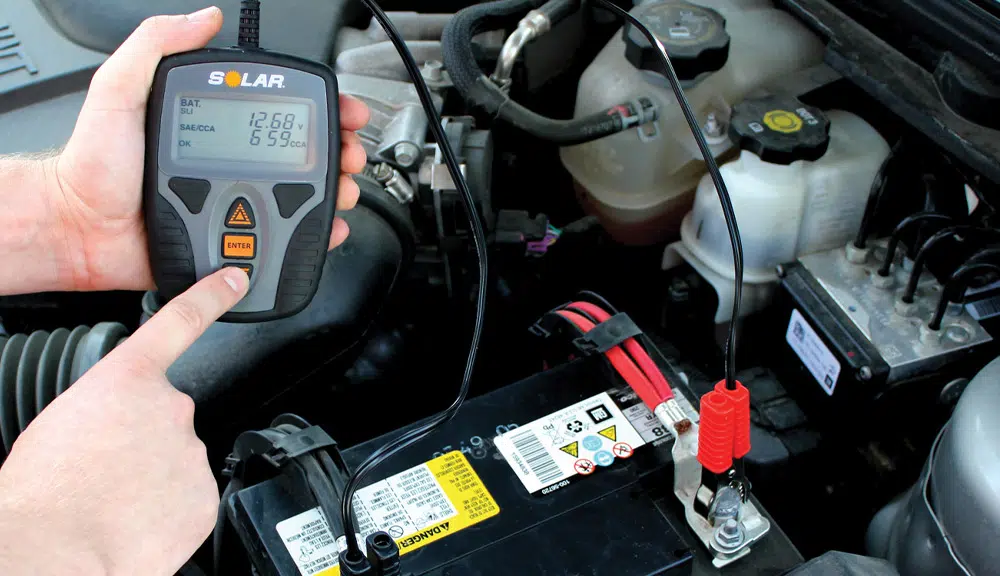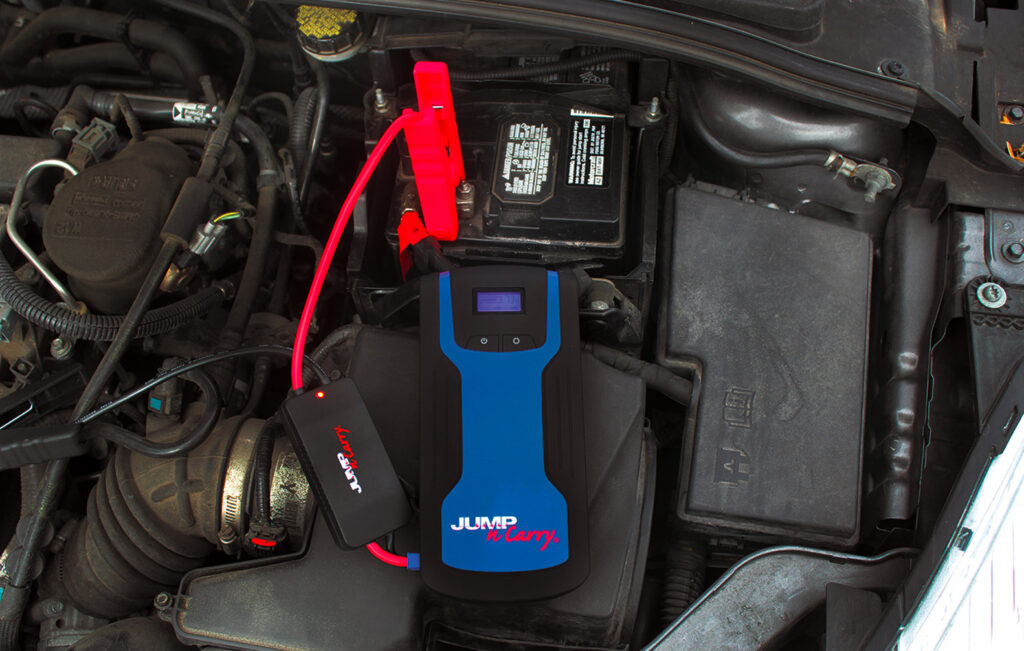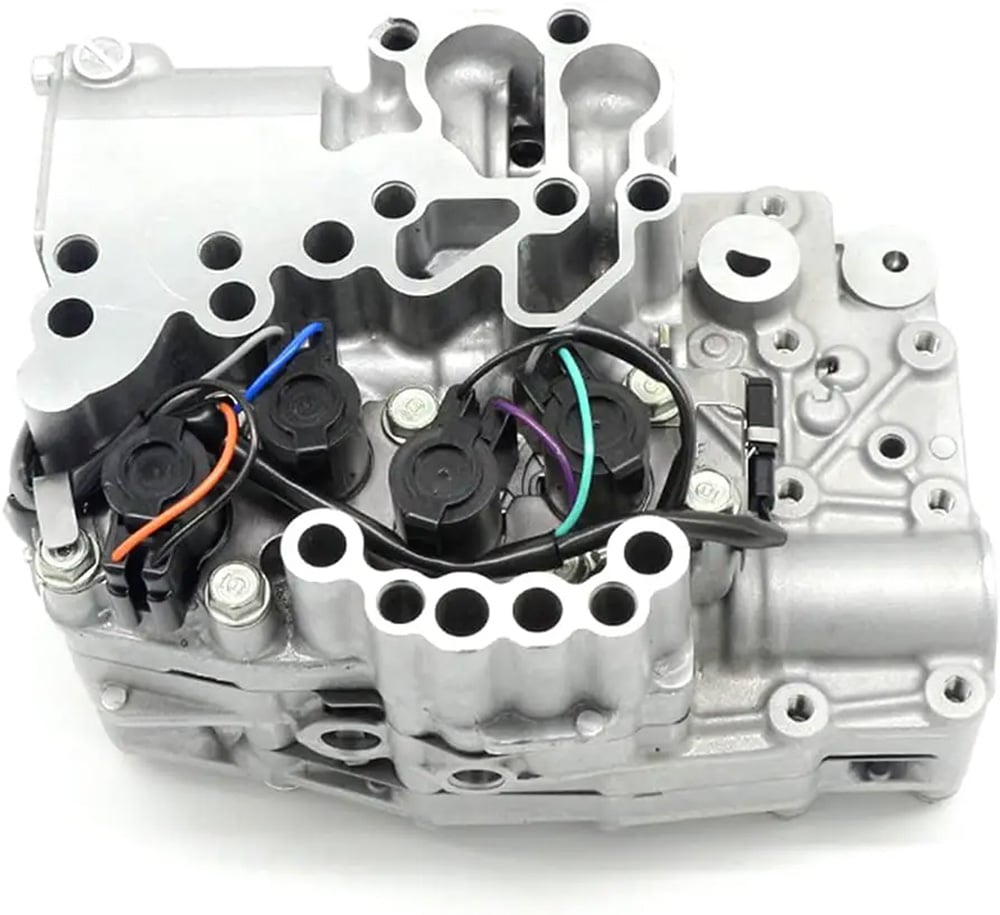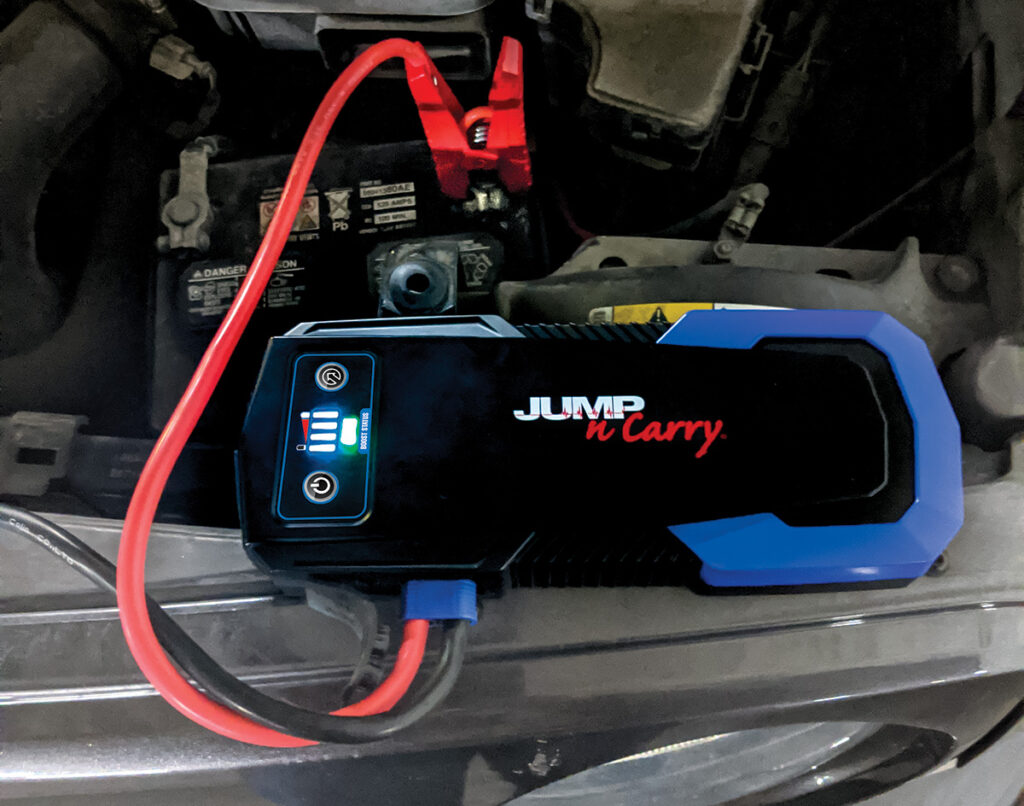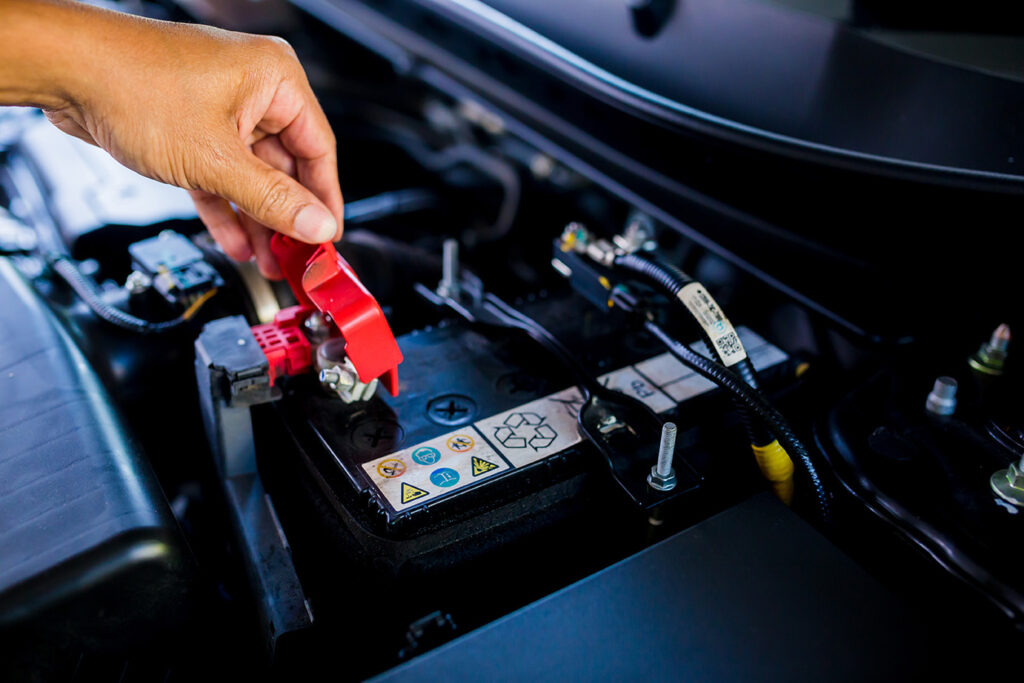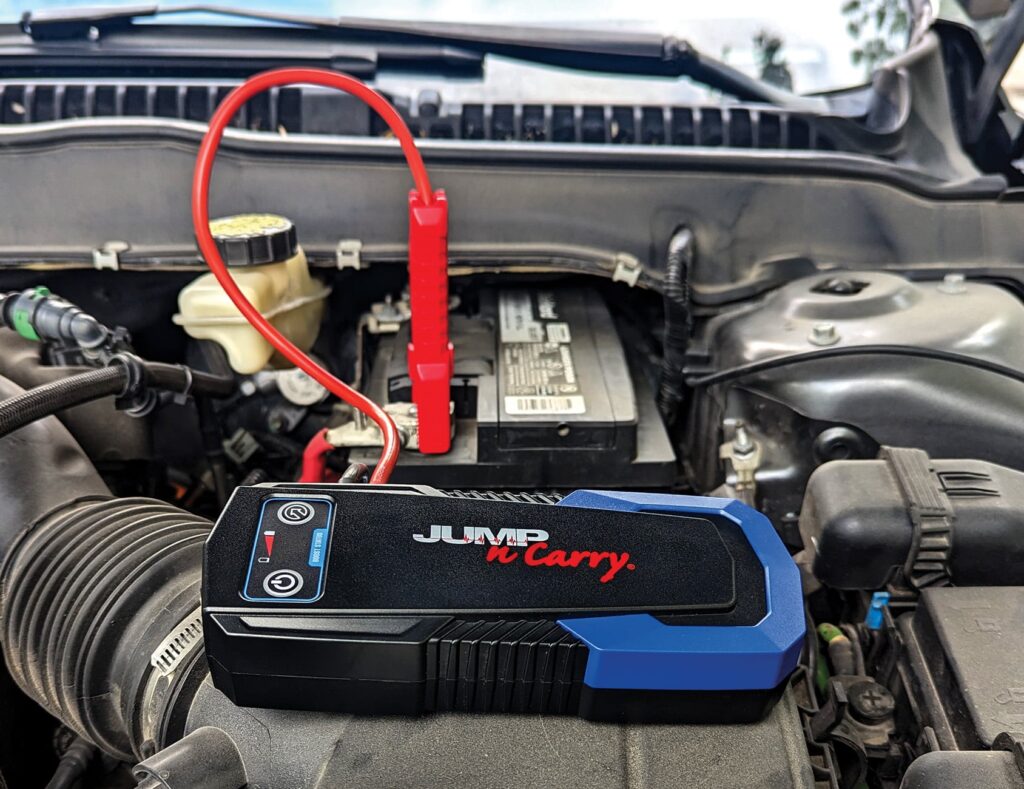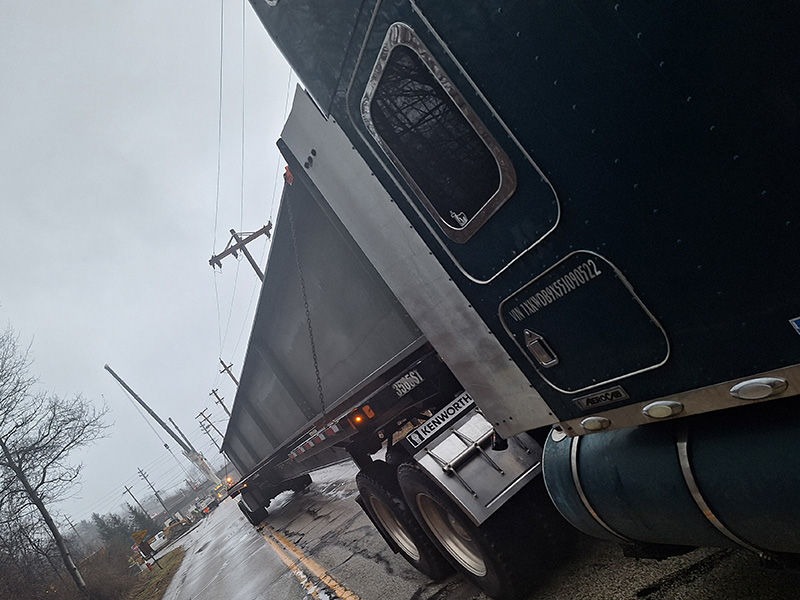
PRO-LOGIX Delivers Best in Class Battery Maintenance
Editor’s Note: It has been several years since we first published this article, one of the most popular articles in the history of our blog. In that time, we’ve welcomed thousands of new subscribers to our newsletter and it makes sense to come back to this one. That said, we have updated it for our long standing subscribers, in the hopes that they can gain new insight into this important area of vehicle maintenance. There are dozens, maybe even hundreds, of options when looking for a battery maintainer for your car, truck, boat, ATV or other vehicle. It can be confusing to choose among all those options, especially when there are many different approaches to this seemingly simple task. For many reasons, we’d say that PRO-LOGIX battery charger/maintainer products deliver the most beneficial maintenance routines on the market today. In this month’s article, we are going to lay out the reasons why we feel this way. The entire point of battery maintenance is to keep your batteries in good shape while they are not being used, so they are ready when you next want to drop the boat in the water or take old Betsy out for a cruise. In

